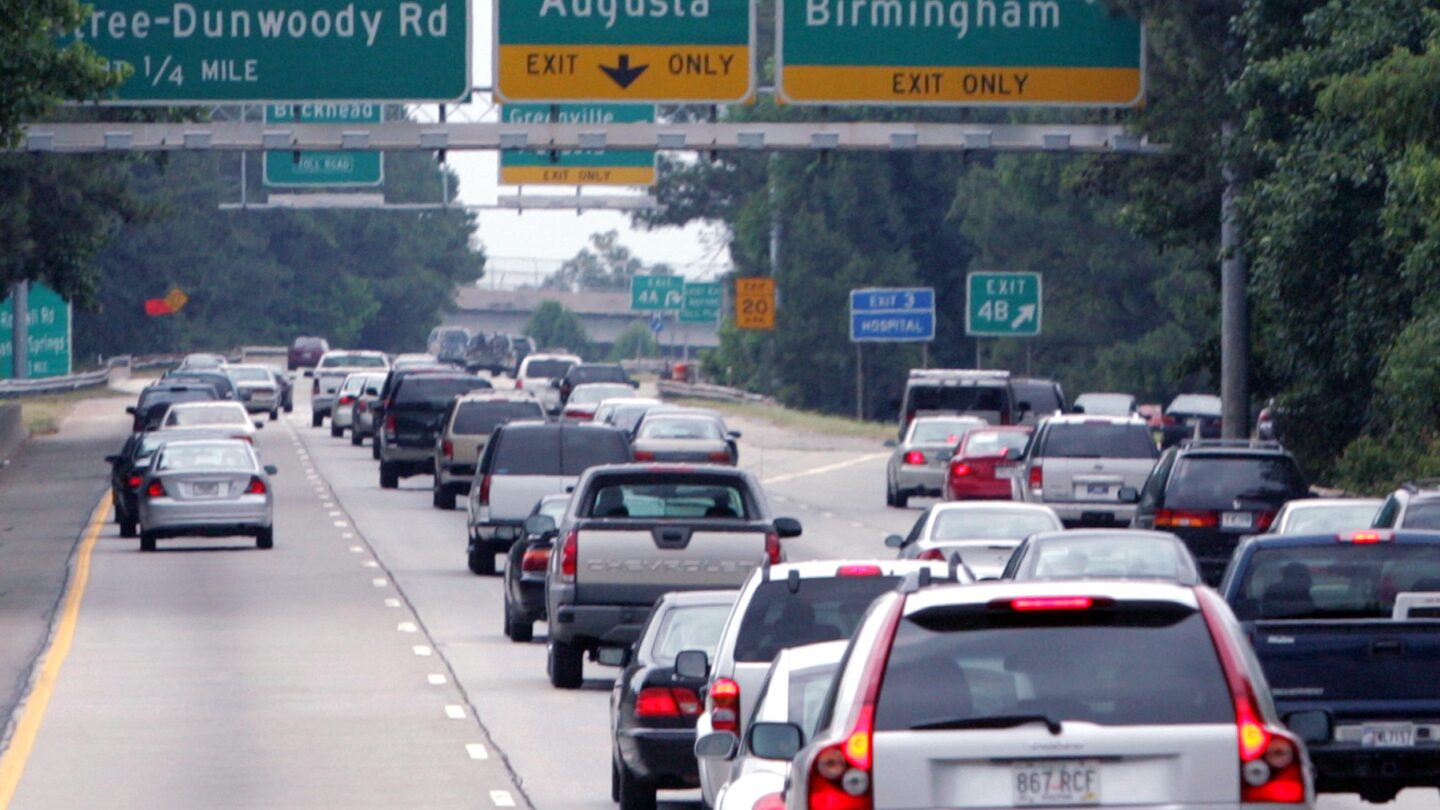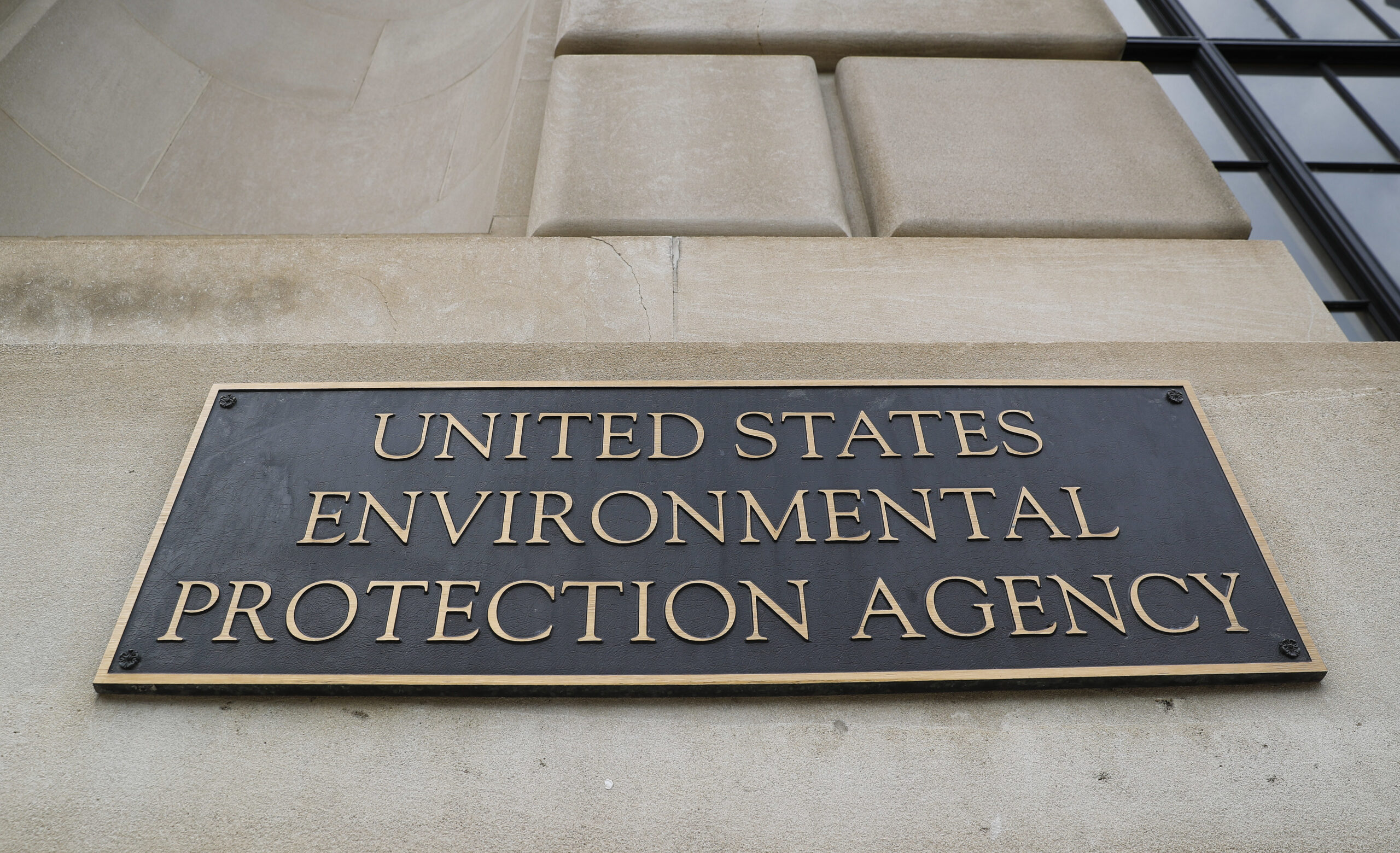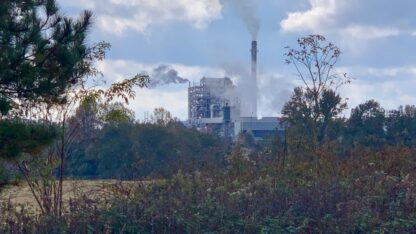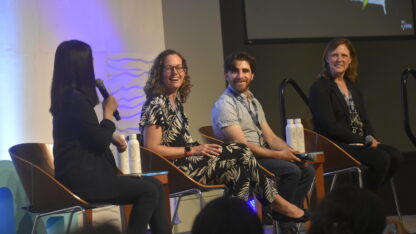Atlanta is now meeting federal clean air standards

Cleaner cars — and fewer cars on the road — have helped in efforts to lower ozone levels in Atlanta.
Pixabay Images
Atlanta is now meeting federal ozone standards. The colorless, odorless gas is partially formed from pollution from car and truck tailpipes, and it can have bad effects on people’s health, aggravating asthma and other lung issues, as well as cardiac health.
Multiple factors contributed to lowering Atlanta’s ozone levels, which are now meeting U.S. Environmental Protection Agency standards set in 2015, including less commuting during the pandemic.
Jane Spann, an environmental engineer with the EPA based in Atlanta, said state and federal measures made a difference, including permitting requirements on new industrial facilities and federal fuel standards for vehicles.
“We do see this as really good news,” she said. “The air quality in Atlanta as it relates to ozone has improved tremendously over the last 30 years.”
A shift not only to cleaner cars but also to cleaner buses and locomotives has also contributed, according to Jim Boylan, assistant chief of the air branch at the Georgia Environmental Protection Division. Hartsfield-Jackson has electrified a lot of its support equipment, which has also helped, as has a summer ban on burning yard debris in the Atlanta area.
“And then, finally, things like teleworking and carpooling,” Boylan said. “You know, ever since 2020, teleworking has really stuck around.”
Ozone is formed when oxides of nitrogen, which are emitted from vehicles and industrial sources, and volatile organic compounds, which can come from human-made chemicals and also from trees, react in the presence of sunlight.
The EPA has lowered its ozone standards a few times the past few decades. For years, Boylan said, Atlanta was the only part of the state not meeting the federal rules. Now that Atlanta is in attainment, it doesn’t mean there won’t ever be high ozone days triggering smog alerts, but he said those days have become rarer as Atlanta’s air has gotten cleaner in general.
Robyn Bussey, director of the Just Health program at the Partnership for Southern Equity, said she hopes the ozone improvements aren’t just a blip and that she’ll be able to see the difference on the ground with communities she works with.
“Can we continue to achieve it and actually see real results in people’s health and in people’s lives?” she said.
If Atlanta falls out of compliance with the 2015 rules, there’s now a plan with the EPA to make sure it gets back on track.
The standards may come down again. In 2020, health and environmental advocates pushed to lower federal ozone rules. At the time, the Trump Administration didn’t do that, but the EPA is now revisiting that decision.








